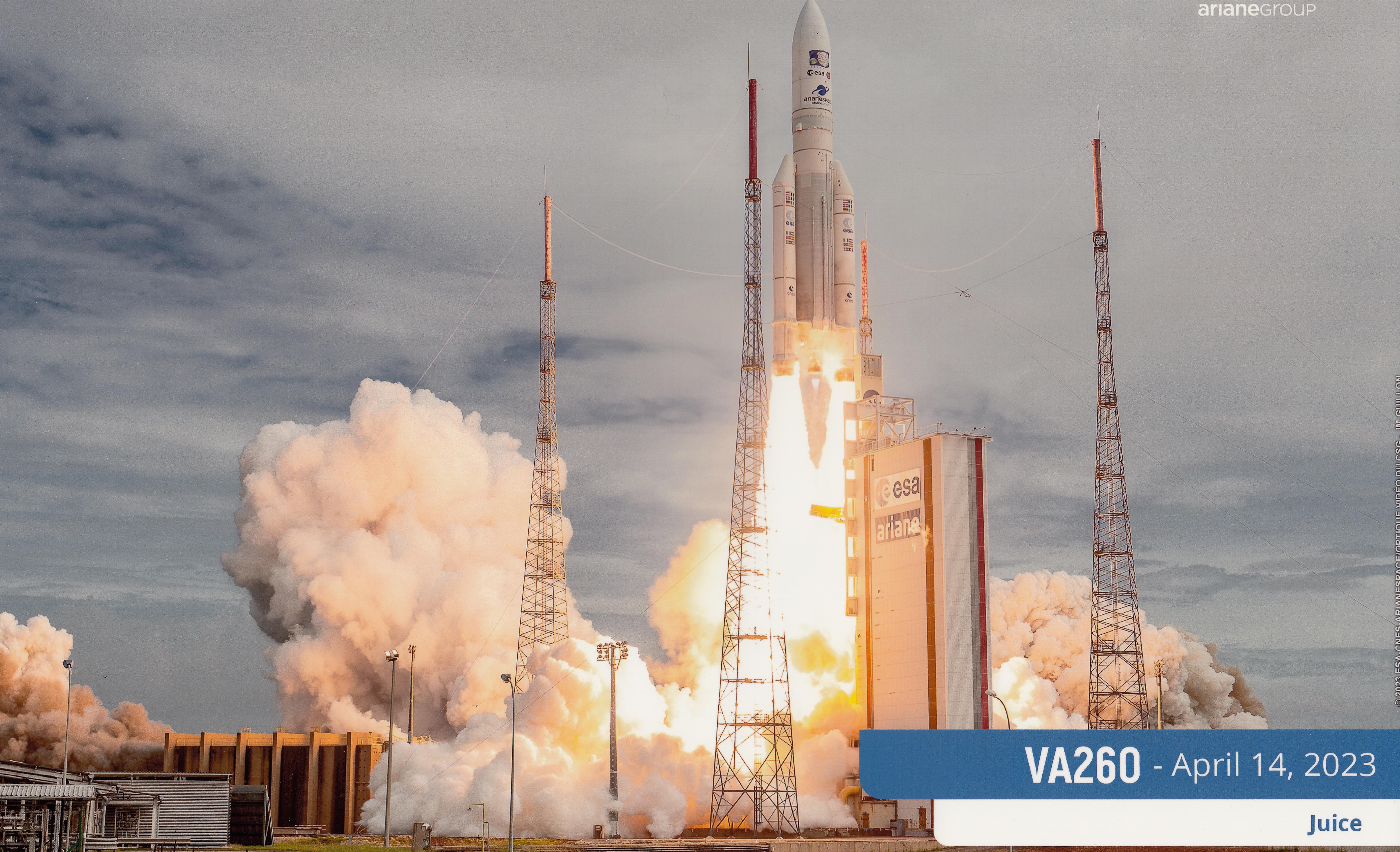
Regular proposals
Our regular proposal for observations is a formal request submitted by astronomers and researchers seeking to observe with the EVN. These proposals cover a variety of observational modes, including both disk-recorded and real-time electronic (e-EVN) sessions, following the current capabilities of the network. They are evaluated based on their scientific merit and technical feasibility, and successful proposals are granted access to the EVN's array of telescopes spread across Europe and beyond.
All about using the EVN
Proposal deadlines at 16:00 UTC on


Super sharp images reveal a possible hypernebula powered by a source of fast radio bursts
We have confirmed the association of a second FRB source, called FRB 20190520B, with a potential hypernebula. This FRB was discovered using the 500-m FAST telescope in China and appeared to be associated with a more constant source of radio waves. This more constant source of radio waves hints at a hypernebula powered by the same object that makes the bright radio bursts.
Planetary Radio Interferometry and Doppler Experiment: VLBI studies in the Solar System
Leonid Gurvits

Filamentary structures as the origin of blazar jet radio variability
Antonio Fuentes
Supermassive black holes at the center of active galactic nuclei (AGN) power some of the most luminous objects in the Universe). In particular, blazars are a subclass of AGNs where a relativistic jet of plasma is ejected from the surroundings of the central engine and points towards Earth with a very low inclination angle, which makes them very bright at radio wavelengths as a consequence of Doppler beaming and suitable for very long baseline interferometric (VLBI) observations.
Milliarcsecond structure and variability of methanol maser emission in three high-mass protostars
Artis Aberfelds
6.7 GHz methanol masers serve as crucial signal indicators in the context of high-mass star formation. It is believed that these Class II masers are radiation-pumped, and as such, their variability is closely linked to the variability of protostars. This connection renders the study of the variability of 6.7 GHz methanol masers a promising tool for investigating processes during high-mass star formation.